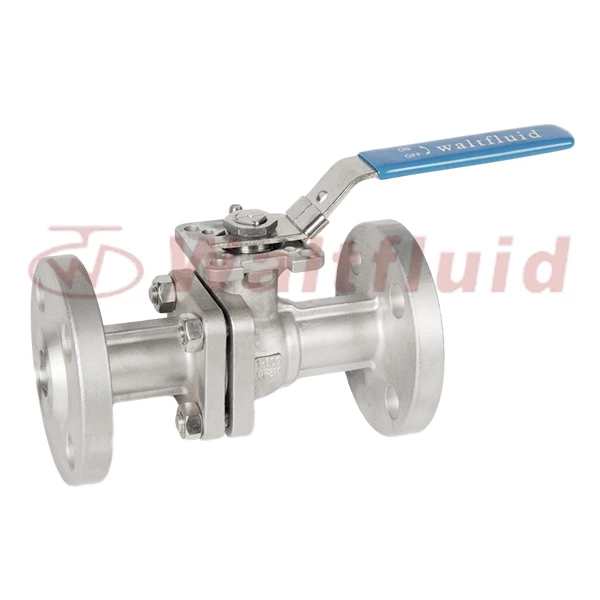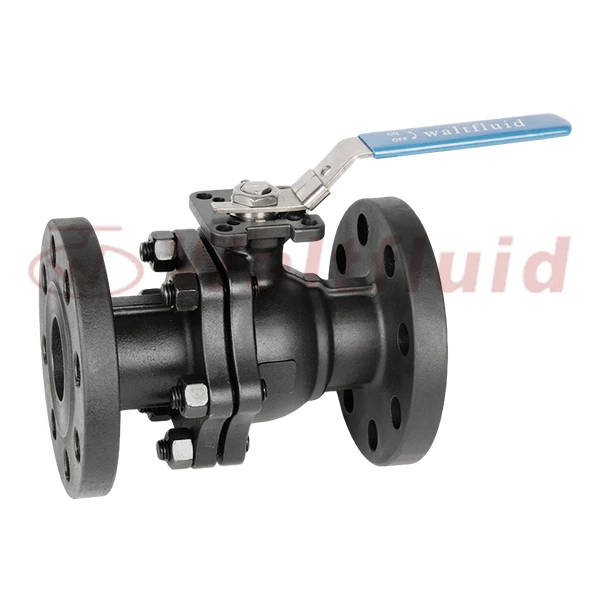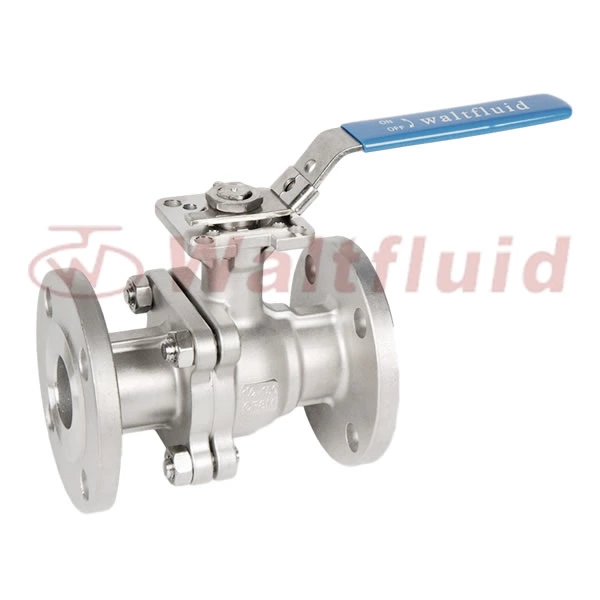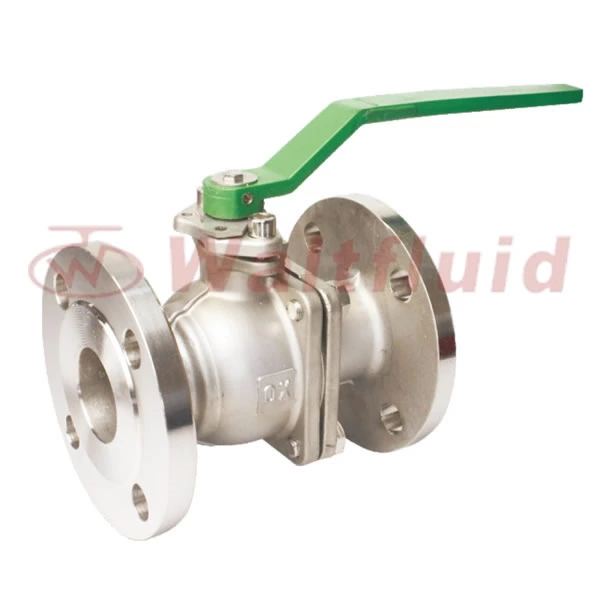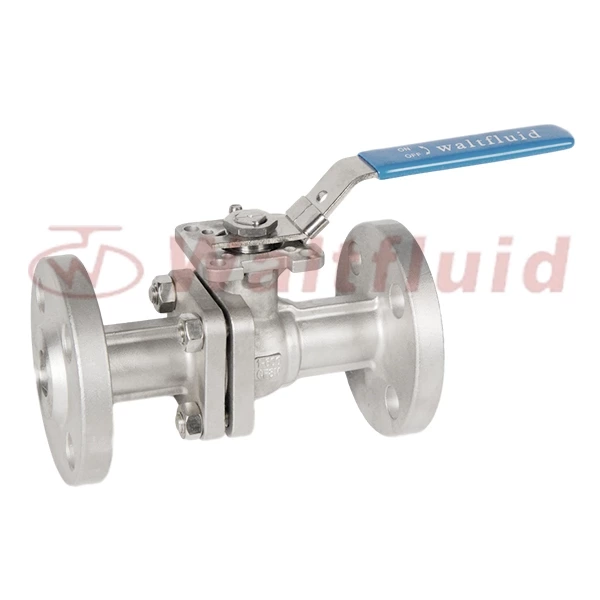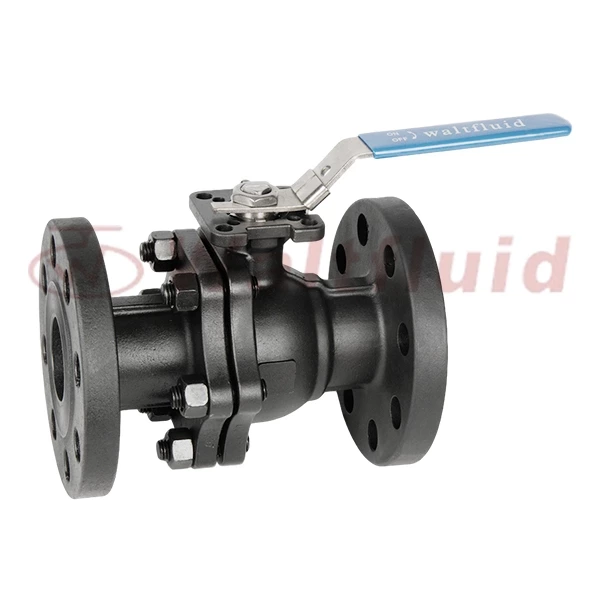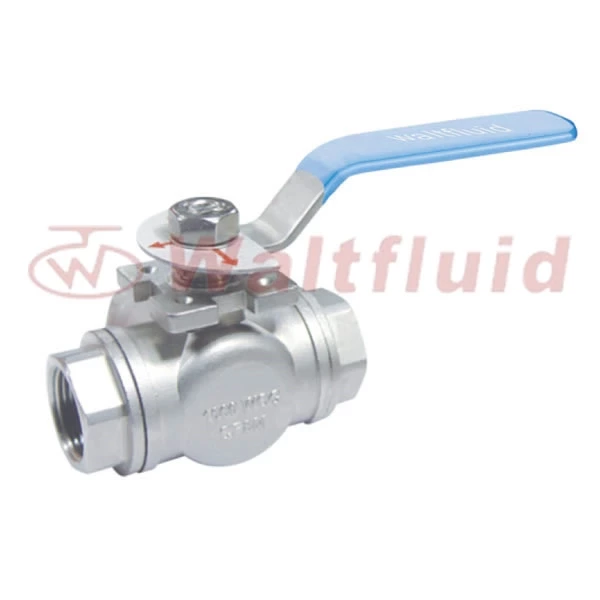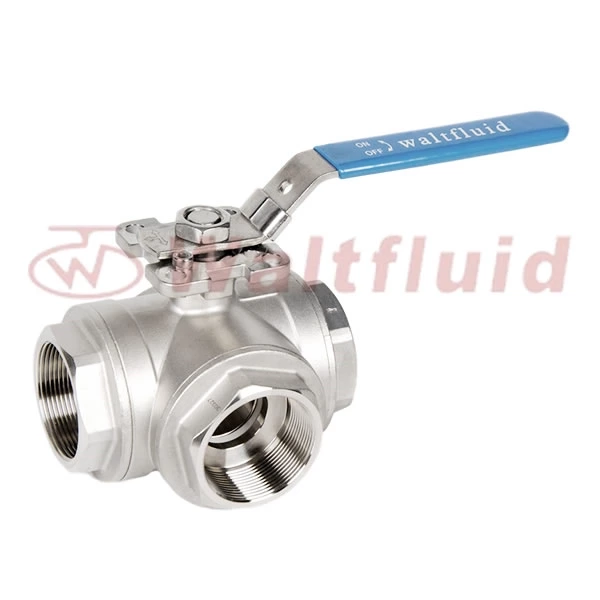How Does The Insulated Ball Valve Achieve Insulation?
3 Way Threaded Ball Valve usually achieves the insulation function by adding an insulation layer to the outer shell of the ball valve. This insulation layer usually uses insulation materials such as foam plastics, glass fiber, aluminum silicate, magnesium silicate, etc. These insulation materials have good insulation performance. Covering the outer shell of the insulation ball valve with these insulation materials can effectively reduce the conduction of heat, prevent heat loss, and play a role in insulation.
In addition to the insulation layer on the outer shell, the insulation ball valve also has some design features to improve the insulation effect. For example, the design structure inside the ball valve can reduce the conduction of heat, and the choice of seals will also affect the insulation effect. Through these designs and material selections, the insulation ball valve can play an insulation function in engineering and industrial fields, ensuring that the medium is not affected by temperature fluctuations during transportation and control.
In general, the insulation ball valve achieves the insulation function by adding an insulation layer to the outer shell and optimizing the design, ensuring that the medium has a stable temperature in the pipeline system and improving system reliability and efficiency.
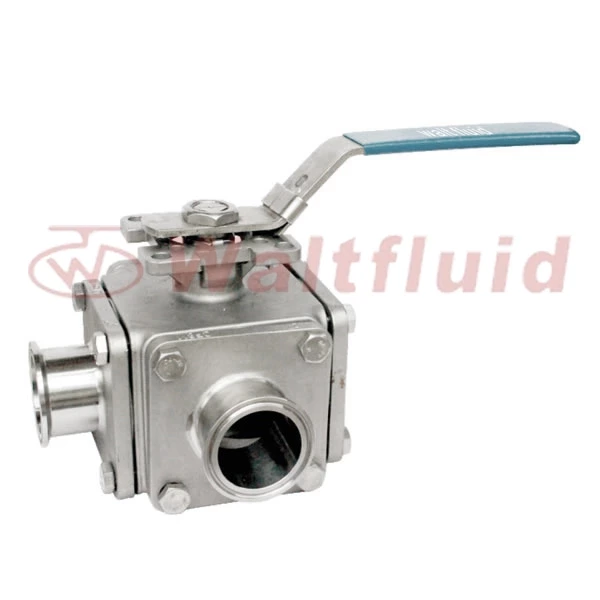
 English
English 中文
中文 Pусский
Pусский  Español
Español
